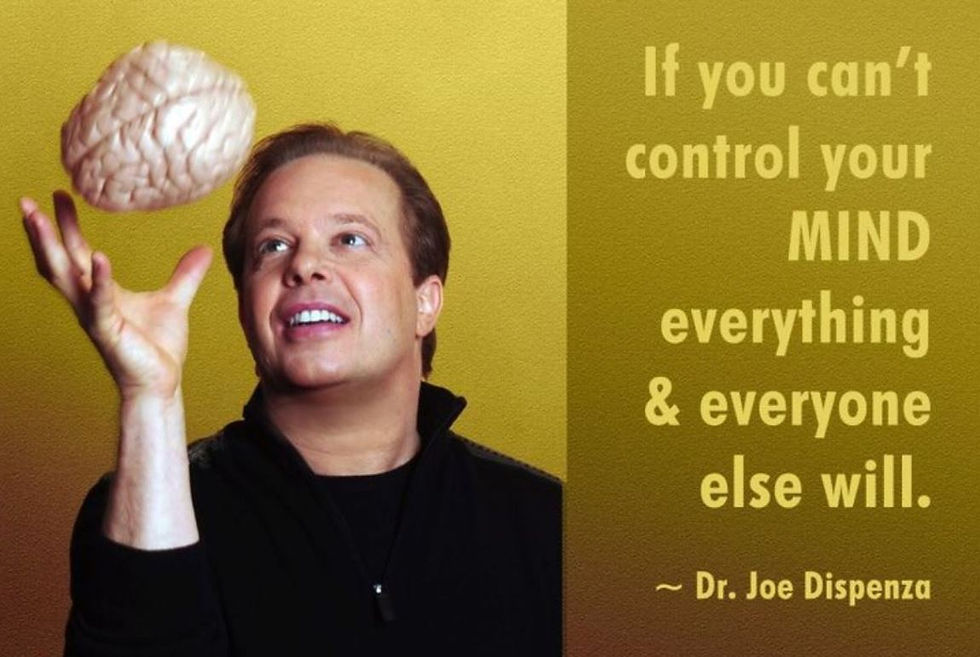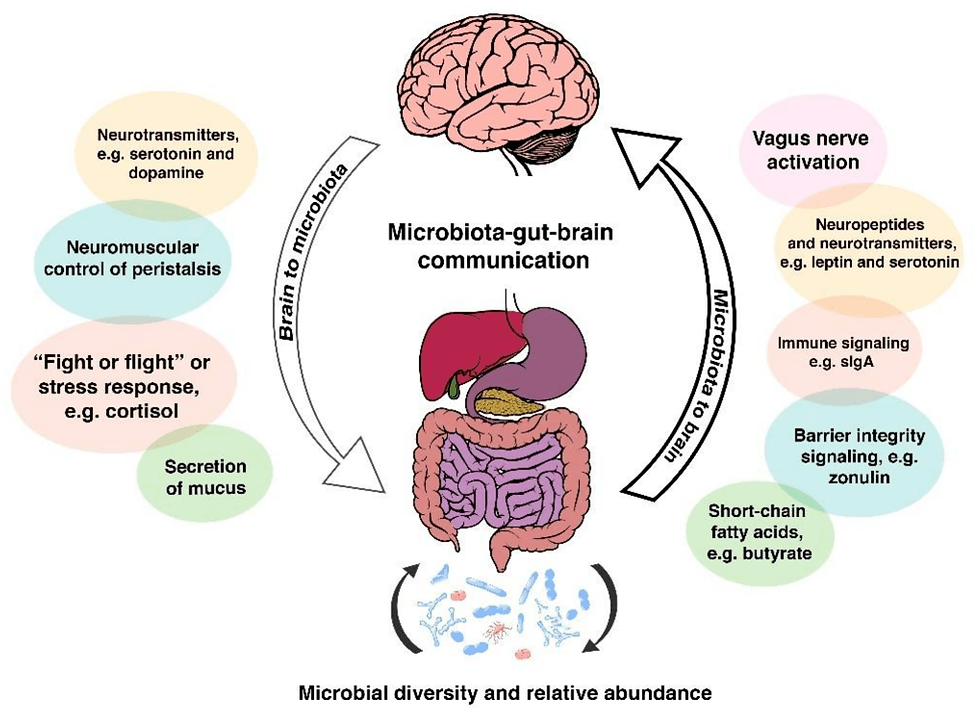
It’s easy to feel uncentered now in this prolonged time of Coronavirus-19. Perhaps you weren’t so good at feeling balanced even before the virus.
When you feel tense, stressed, unbalanced, off center, out of touch with your real inner self, anxious, worried, overwhelmed or obsessive, you’re unbalanced and not living in your center, where you’re calm and at peace.

Visualization is the process of imagining a relaxing scenario, experience, sensation or image in your mind’s eye. Visualization lets you harness your brain’s positive response to images to help you manage your emotions and life effectively, in a state of ease.
Some other descriptions of the feeling of being centered:
Feeling grounded
Feeling spacious inside
Feeling at ease
Feeling balanced
Feeling free
As Ram Dass (formerly known as Richard Alpert, a professor at Harvard) famously advised:
“Remember, be here now.”
Being present means you are simply here, now in this moment, instead of being focused on what happened yesterday or what could happen tomorrow. It’s about getting off autopilot and becoming aware of the automatic actions and reactions you are used to and finding a place of clarity and calm.

For several years there was a gallery in my neighborhood called The Time Is Always Now.

Visualizations can help you relax, step outside of the present moment and let go of immediate stress. This isn’t at all the same as being in denial. It’s a way to step back from whatever you experience as stressful to create some wiggle room just to be. Visualization provides a way to cope more easily with life’s challenges and become congruent with your true self.

“Emotions are powerful things. They can be like vortexes, pulling in all of our attention and causing behaviours we can’t seem to stop. The idea is that emotions are connected to our thoughts and collude to dictate our behaviours. A simple example would be the emotion of sadness, which can cause you to think negatively non stop, which can then cause you to constantly overeat or consume too much alcohol in order to escape those thoughts and feel better.” (Jacobson, 2015)

Some things visualizations can help you do:
Release stress and worry
Ease depression and anxiety
Reduce obsessive thinking
Improve self-esteem
Feel more capable
Change bad habits
Get motivated
Manage anger
Manage pain, both physical and emotional
Ease PTSD symptoms
Stop being so hard on yourself
Reduce performance anxiety
Let sex be more enjoyable
Improve relationships – both your relationship with yourself and with others
THE GUT-BRAIN CONNECTION

The Gut-Brain Axis in the body is what allows visualizations in our brain to change what happens in the rest of our body.
“During vertebrate embryonic development a single clump of fetal tissue divides to grow into the gut and the brain. One section becomes the central nervous system (the brain and spinal nerves) while another migrates lower in the body to create the enteric nervous system embedded in the sheaths of tissue lining the esophagus, stomach, small intestine and colon.
“The two separate nervous systems connect via the vagus nerves running from the brain stem into the abdomen. This major trunk line is one of the longest nerves in the body. The gut and the brain are constantly signaling each other, back and forth, along the vagus nerve and also via chemicals released by the gut and transported to the brain. When one brain gets upset, the other becomes upset too. They work in conjunction with each other along the Gut-Brain Axis, each heavily influencing the other.” (Hardin, 2014)
Thoughts happen in the brain. Feelings happen in the gut.
HEALTH BENEFITS OF VISUALIZATION
We’ve all had the experience of thinking about something that frightens us and finding our heart beating faster – and perhaps feeling anxiety or panic. This is an example of how our thoughts, via our sympathetic nervous system, trigger a ‘fight or flight’ response.
Visualization is “simply the opposite of this – by thinking of something going well, we can elicit a positive response from our body and lower our stress.” (Jacobson, 2015)
In a study at the University of Miami, after 13 weeks of guided imagery, subjects showed a marked decrease in their cortisol levels, the stress hormone linked to anxiety, depression and fatigue.
“A study at the NC Centre for Stress Management found that using mental imagery with ill patients even resulted in an increase in white blood cells count in every single participant.” (Jacobson, 2015)
HERE ARE SOME VIDEOS DESCRIBING HOW TO DO VISUALIZATIONS
One of them says to sit cross legged on the floor. Not necessary. You can sit in a chair or any other comfortable place. You can also recline. – if you can stay awake.

REFERENCES
Hardin, J.R. (2013, updated 2014). Our Second Brain – The Gut Mind. See: https://allergiesandyourgut.com/our-second-brain-the-gut-mind/
Jacobson, S. (2015). Guided Visualisation in Therapy – The Benefits Might Surprise You. See: https://www.harleytherapy.co.uk/counselling/guided-visualisation-therapy-can-make-feel-better.htmhttps://www.harleytherapy.co.uk/counselling/guided-visualisation-therapy-can-make-feel-better.htm
© Copyright 2020. Joan Rothchild Hardin. All Rights Reserved.
DISCLAIMER: Nothing on this site or blog is intended to provide medical advice, diagnosis or treatment.


Comments